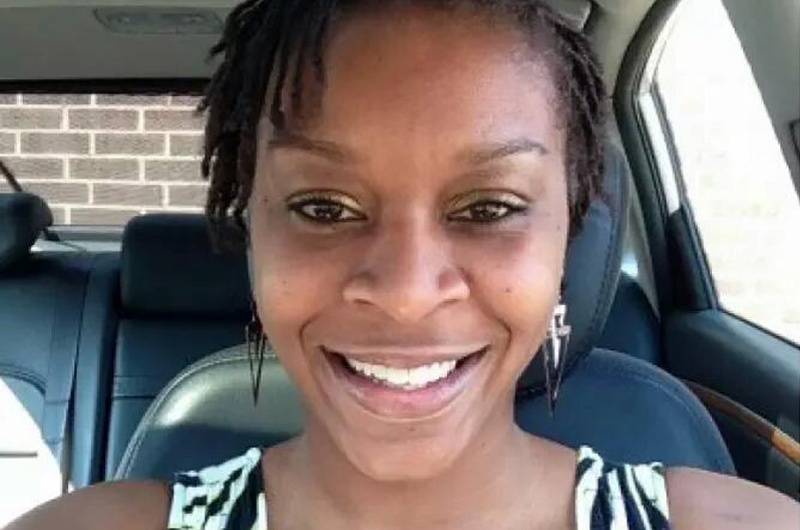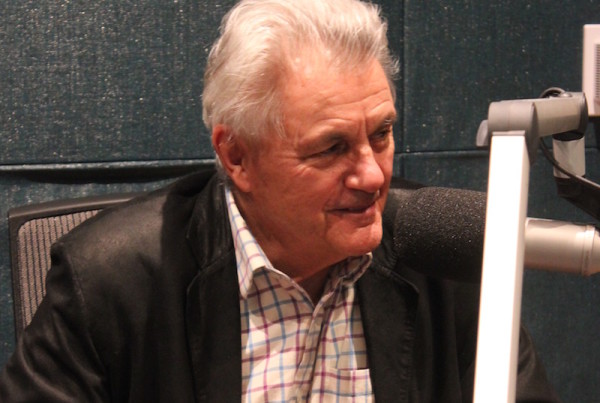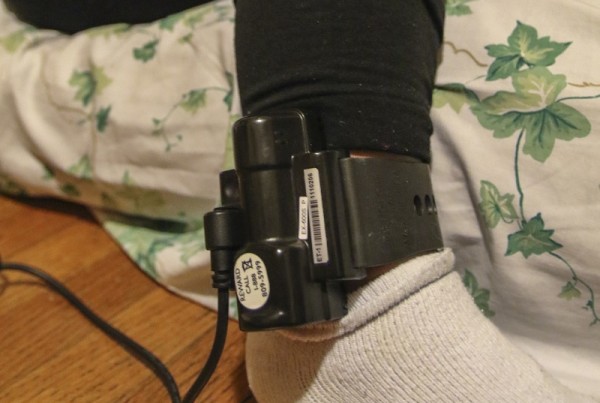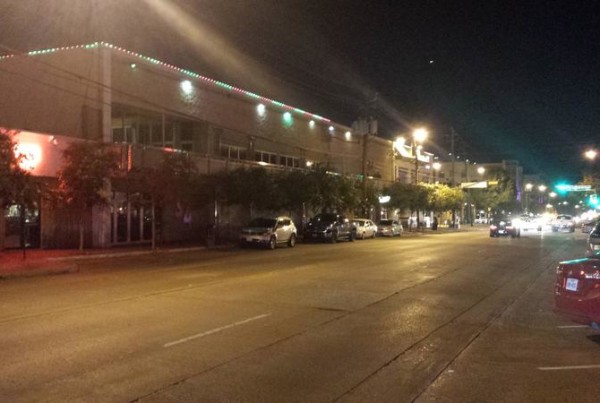Sandra Bland, a 28-year-old black woman, was arrested in Prairie View, Texas after an officer pulled her over for an alleged traffic infraction. She was found, three days later, dead in her jail cell. Her death has been officially ruled as a suicide by hanging.
Bland’s death quickly became a rallying cry for the Black Lives Matter movement and critics of jail mental health screening standards. Bland’s family sued Waller County for negligence in her death. In the most recent controversy surrounding Bland’s case, county attorneys are saying jail officials aren’t responsible – rather, Bland’s family and friends are.
The filing alleges Bland was despondent because neither her family nor her friends were willing to post the $515 bond for her release. Taking a step further, the Chicago Tribune reports language from the filing blames Bland’s loved ones for her death. “It is apparent now that Bland’s inability to secure her release from jail — and her family and friends’ refusal to bail her out of jail — led her to commit suicide,” the filing states.
The document, which include images from Bland’s jail screening forms, also states that at the time of her intake she was not suicidal, although she did acknowledge a previous suicide attempt.
“Screening officers observed that Bland appeared angry [when] she had been arrested but not that she was depressed or suicidal,” the filing states. “Based on Bland’s answers to the screening questions, and the screening officer’s observations of Bland, she was not identified as a candidate for suicide watch.”
The attorney representing Bland’s mother says the filing is “amazing.” Attorneys for the family have asked for jail videos and other information related to her incarceration, but Waller County is refusing, saying there’s an ongoing criminal investigation. A hearing on that question is set for next Tuesday.
By this time next month, the form used by Texas jailers to screen for mental health issues will be different. The agency that oversees jails is issuing a new intake form, which is designed to better gauge possible suicide risks, something that critics say is long overdue. Brandon Wood, the executive director of the Texas Commission on Jail Standards, says Bland’s case added additional pressure to the agency to create new mental health screening forms, but that they had already been looking at ways to improve standards prior to Bland’s death.
“It did serve as a catalyst for the eventual revision of the form,” Wood says.
Wood says the new form will give a clear and precise direction for jailers who conduct intake screenings. “For example, if the inmate tells them that they are having suicidal ideations or that they’ve had previous treatment, no longer is the determination left up to that jailer to figure out exactly whom they need to contact,” Wood says. “This new form tells them exactly who they need to contact and when, if they receive positive responses to those questions.”
The form should help determine what a person’s mental state is at the time of incarceration and what it has been in the past, Wood says. “It will ask questions as to what their current status is, but it also does ask previous history, and there’s still the requirement that they run the inmate’s name through the database that is operated by the Department of State Health Services to determine if they’ve ever received any mental health services in the past.”
Wood says that acts as a built-in safety net, so if an inmate does not answer questions, but did receive services through the state, their name will come up through the database check. The overall idea is to divert inmates from the criminal justice system, if it is appropriate, into a more medical or treatment-oriented setting. Wood says that’s only part of the intention behind the new standards.
“Due to the issues of lack of resources and lack of availability of beds and counseling services, unfortunately many of these individuals wind up at our country jails,” Wood says. “They may have committed minor-type criminal offenses, and that might be driven by their mental state. If we can get them into a treatment-type facility or program that is better suited, we’re better serving everybody.”
County jails should be dealing with criminal actions more than just mental health issues, Woods says, but for those inmates that jails are unable to divert, the idea is to be able to better identify their needs.
“We’ll be able to better identify them and hopefully connect them with services while they’re in the county jails, and hopefully lessen the likelihood of them going into crisis, and unfortunately at times, attempting suicide,” Wood says.
Wood says the new form could have possibly lessened the likelihood of Bland’s suicide. “But again, in the end, it’s going to be based upon the actions that the jailers have to take,” Wood says. “You also have to take into account individuals that are determined to take their own life, it is very difficult to stop them at times.”















